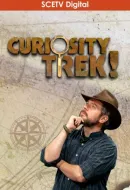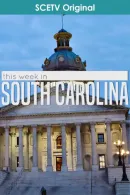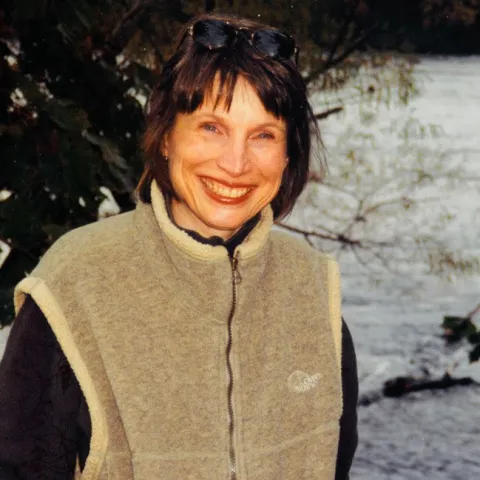This ETV Classics special explores the remarkable connections between the Gullah of the South Carolina/Georgia Sea Islands and the people of West Africa, particularly those of Sierra Leone.
The program traces the unparalleled historical connection and continued relationship from slavery. The development of these two cultures is examined over the course of time, considering aspects of language, culture, folkways, and music common to both sides of this "family."
Anthropologist Joe Opala studied the history of slavery from the African side of the ocean and tracked a series of connections that end in Charleston and traced back to Africa.
Bunce Island, a quarter-mile long island, twenty miles from Freetown, was the furthest point inland where slave ships could travel without being grounded and was the location from which Africans were boarded on ships and taken to Charleston and the slave market.
In 1989, a delegation of African Americans was invited to visit Sierra Leone, West Africa, to reunite with their family who share the same traditions. These traditions have been preserved along the Sea Islands of South Carolina and Georgia. The week-long visit in Sierra Leone provided an opportunity for state dinners, and for sharing African music and African foods. During the daytime, away from Freetown, the Gullahs engaged in a pilgrimage to the grim slave yard of Bunce.
Side Notes
- View also: Gullah Roots from Carolina Stories produced in 2020 by Xavier Blake and Betsy Newman of South Carolina ETV.
- UNESCO World Heritage Convention - Learn more about Bunce Island.
- Gullah: Rice, Slavery, and the Sierra Leone Connection.
- From the Sky | Gullah.
- Basketweaving in Gullah Culture.
- Original Fare | Gullah Love and a Fish Fry in Myrtle Beach (ETV).






